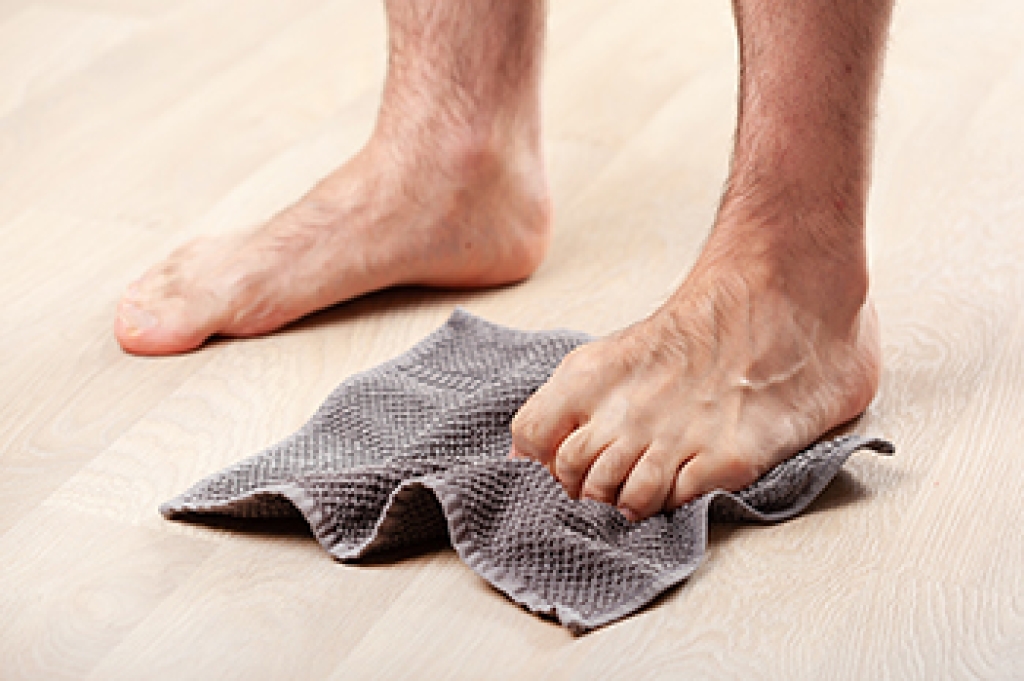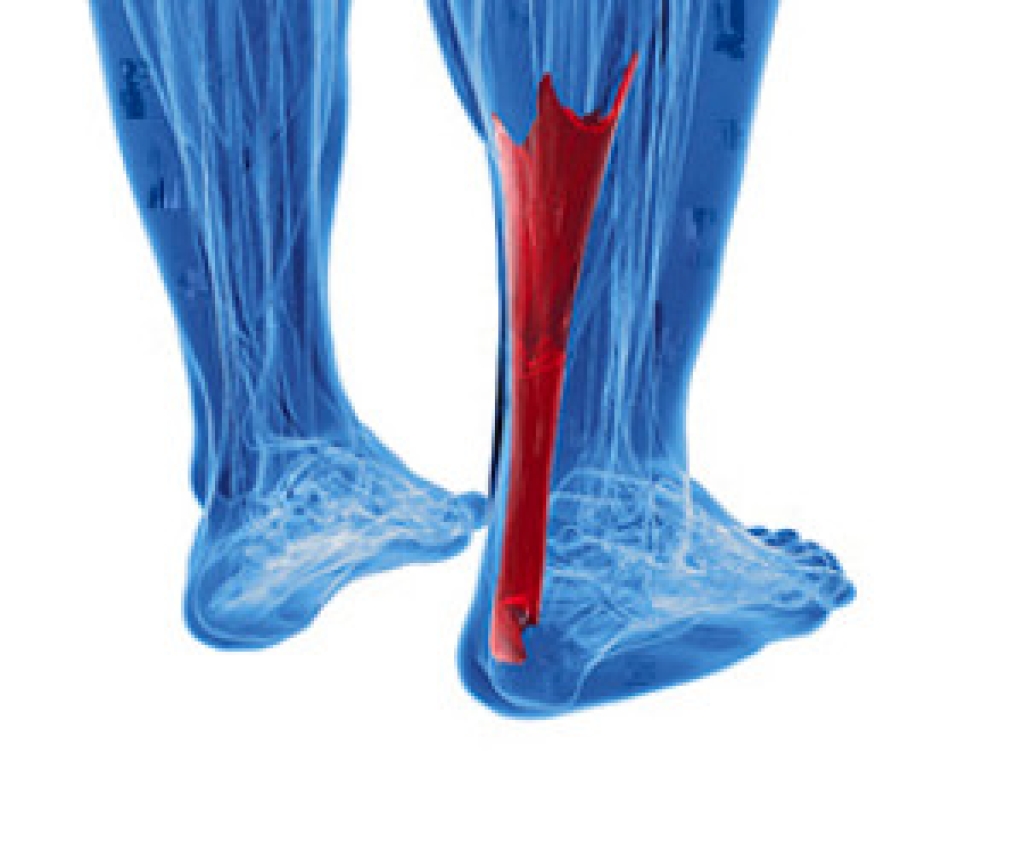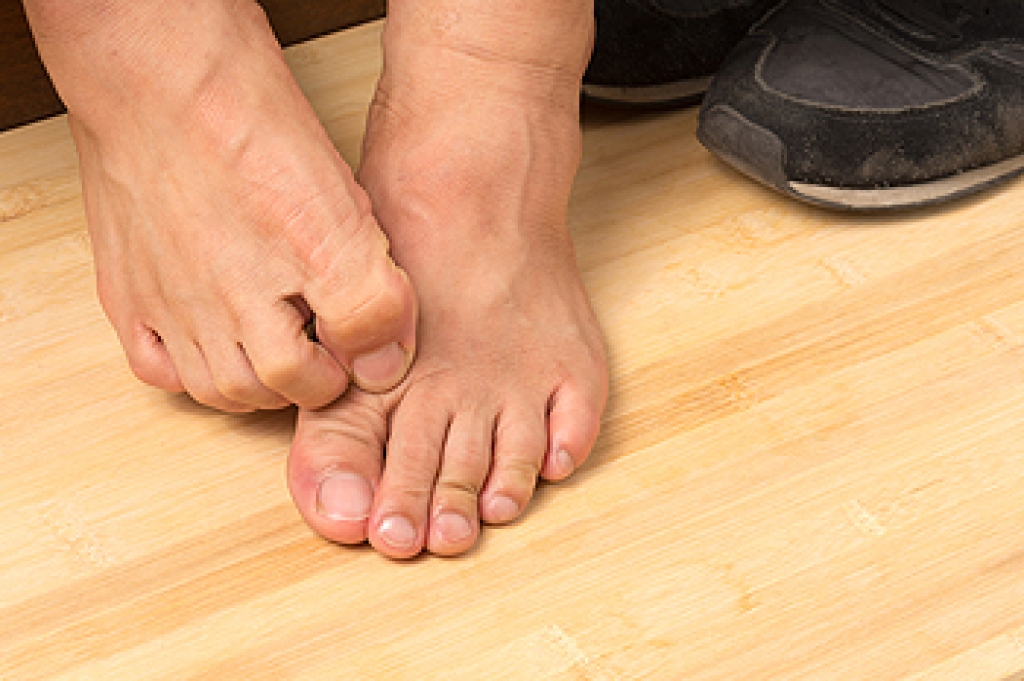There are many ways to break a bone. Acute fractures occur suddenly and are caused by direct trauma. Stress fractures are small and caused by repetitive damage from overuse. Fractures can be closed or open. In a closed or simple fracture, the skin remains intact. In an open or compound fracture, the bone breaks the surface of the skin. Fractures can further be categorized based on how the bone is broken. A transverse fracture means that the bone is broken in a straight line, while an oblique fracture means that the bone is broken diagonally. A spiral fracture circles around the bone. A comminuted fracture is when the bone breaks into more than one piece. An avulsion fracture is when a ligament or tendon tears and pulls a small piece of bone away with it. If you have broken a bone in your feet or ankles, please seek the care of a podiatrist.
Ankle and foot injuries are common among athletes and in many sports. They can be caused by several problems and may be potentially serious. If you are feeling pain or think you were injured in a sporting event or when exercising, consult with Gabe Rodriguez, DPM from Sioux Falls Foot Specialist. Our doctor will assess your condition and provide you with quality foot and ankle treatment.
Common Injuries
The most common injuries that occur in sporting activities include:
- Achilles Tendonitis
- Achilles Tendon Rupture
- Ankle Sprains
- Broken Foot
- Plantar Fasciitis
- Stress Fractures
- Turf Toe
Symptoms
Symptoms vary depending upon the injury and in some cases, there may be no symptoms at all. However, in most cases, some form of symptom is experienced. Pain, aching, burning, bruising, tenderness, tightness or stiffness, sensation loss, difficulty moving, and swelling are the most common symptoms.
Treatment
Just as symptoms vary depending upon the injury, so do treatment options. A common treatment method is known as the RICE method. This method involves rest, applying ice, compression and elevating the afflicted foot or ankle. If the injury appears to be more serious, surgery might be required, such as arthroscopic or reconstructive surgery. Lastly, rehabilitation or therapy might be needed to gain full functionality in the afflicted area. Any discomfort experienced by an athlete must be evaluated by a licensed, reputable medical professional.
If you have any questions, please feel free to contact our office located in Sioux Falls, SD . We offer the newest diagnostic and treatment technologies for all your foot care needs.





